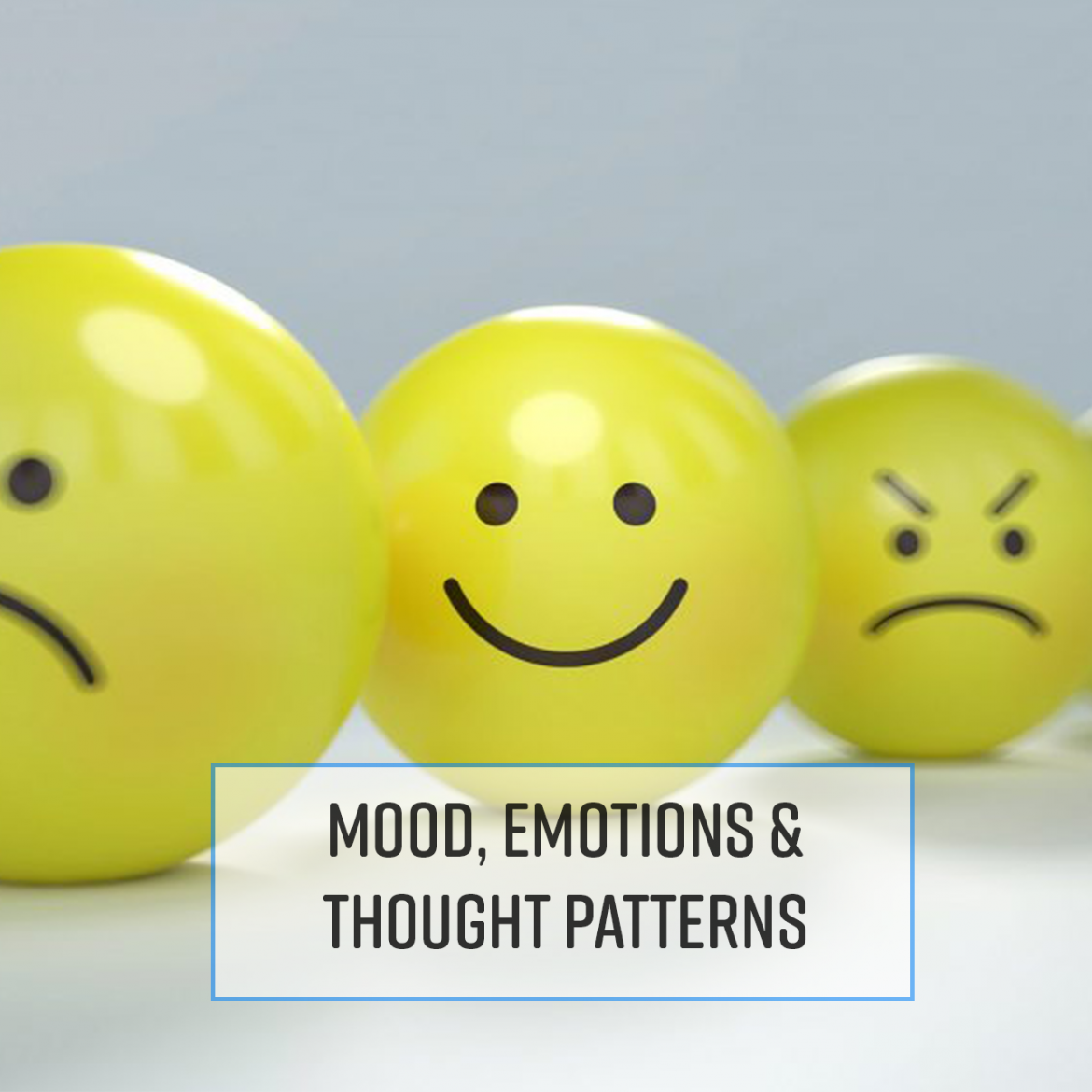
This post has been updated in light of new guidelines from the CDC. For the most up to date guidelines and information please refer to the CDC website click here.
Many patients had questions this week about the coronavirus (aka COVID-19) outbreak. How dangerous is it? Should I wear a facemask? What if I think I have it? We even had a talk given by our department chair, who predicted that every one of us in the room will contract COVID-19 at some point.
It's very important to note that the facts and stats about COVID-19 are changing rapidly and we just don't know everything about this virus at this time. It is also critical that we make sure that we turn to trusted and reliable sources for more information. There is a lot of false information on line already. One great website is from the Centers for Disease Control and Prevention.
Some highlights:
How is the virus spread? The virus spreads mainly from person to person. It is thought that the main way people can catch the virus is when a person nearby (approx 6 or less feet away) coughs or sneezes. People also might be able to catch COVID-19 by touching a surface or object that has the virus on it, and then touching their own mouth, nose, or even eyes.
What are the symptoms? Symptoms may appear anywhere from 2 days until weeks after exposure. Main symptoms include fever, cough, and shortness of breath. Unlike a cold, a runny nose usually occurs later in the course of the illness.
What can I do to keep from catching it? The best way to prevent illness is to avoid exposure. However, there are general, everyday preventative actions that helps prevent the spread of any respiratory disease including influenza and COVID-19. These actions include:
- Practice social distancing.
- Avoid touching your eyes, nose and mouth.
- Stay home when you are sick.
- Cover your cough or sneeze with a tissue and then throw the tissue in the trash, then disinfect your hands.
- Clean and disinfect frequently touched objects and surfaces using a regular household cleaning spray or wipe.
- Follow the CDC's recommendation for facemasks: WEAR THEM!!!!!!!!!!!!!!!!!
- Wash your hands with soap and water for at least 20 seconds after using the restroom, before eating, or after you blow your nose/cough/sneeze. You can also use hand sanitizer with at least 60% alcohol if soap and water isn't available.
Is there a treatment? Unfortunately, at this time there is no specific treatment recommended. Care is supportive targeting relief of symptoms.
What if I think I was exposed? If you think you've been exposed, you should contact your healthcare provider immediately.
For up to the minute information visit the CDC's full Coronavirus Disease 2019 website click here.


